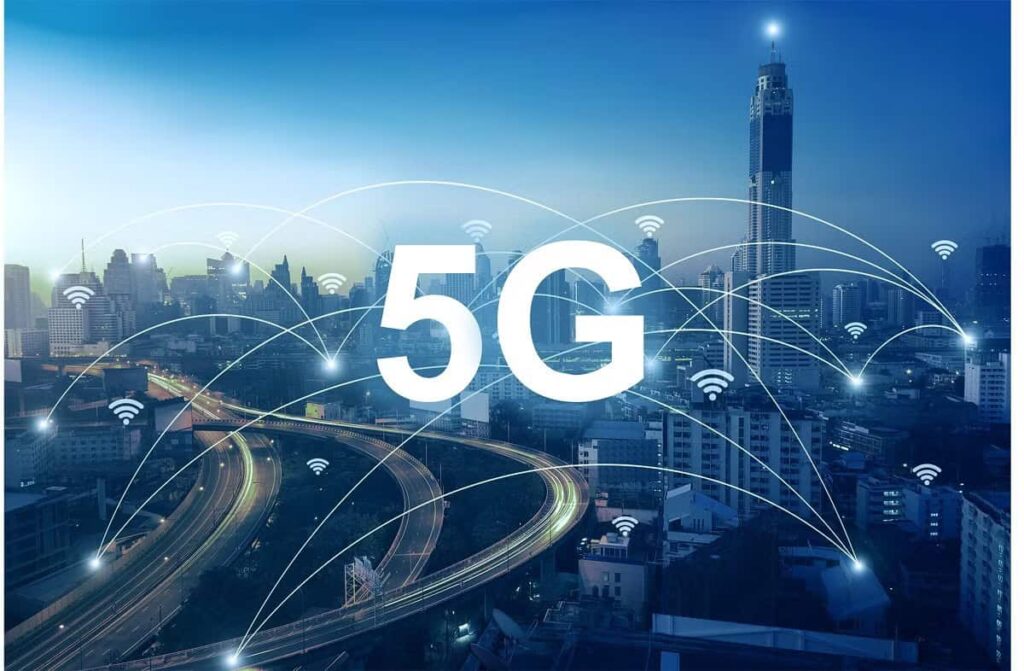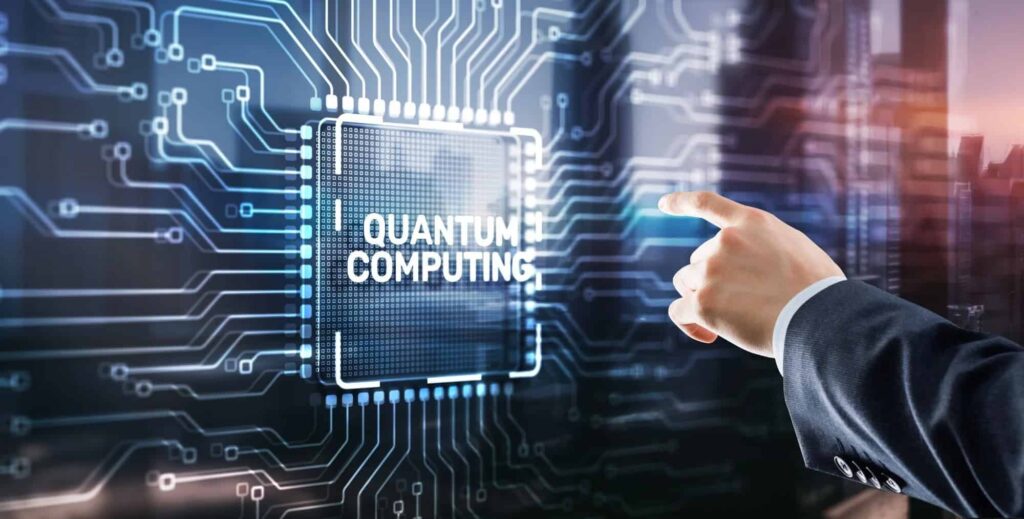The rollout of 5G technology marks a significant milestone in mobile communications, promising unprecedented speed, reduced latency, and enhanced connectivity. This article examines the distinguishing features of 5G, its global deployment status, impact on the Internet of Things (IoT) and healthcare, challenges, and the transformative potential it holds for the future.
What Makes 5G Different?
5G technology offers several advancements over its predecessors:
- Speed: Capable of delivering data rates up to 10 Gbps, 5G is approximately 100 times faster than 4G, facilitating rapid downloads and seamless streaming.
- Latency: With latency as low as 1 millisecond, 5G enables near-instantaneous communication, essential for applications requiring real-time responsiveness.
- Capacity: Supports a massive number of connected devices per square kilometer, accommodating the growing ecosystem of IoT devices.
Global Rollout Status
The deployment of 5G varies across regions:
- South Korea: Among the first to launch nationwide 5G services, achieving substantial coverage and user adoption.
- United States: Major carriers have rolled out 5G in numerous cities, focusing on both urban and suburban areas.
- China: Rapidly expanding 5G infrastructure, with extensive government support and investment.
- Europe: Countries like Germany and the UK are progressing steadily, with a focus on industrial applications.
- India: Initiating 5G trials, with plans for widespread deployment to enhance connectivity and support digital initiatives.
5G and the Internet of Things (IoT)
The enhanced capabilities of 5G are pivotal for IoT development:
- Smart Cities: Facilitates real-time data collection and analysis for traffic management, energy distribution, and public safety.
- Industrial Automation: Enables seamless communication between machines, improving efficiency and enabling predictive maintenance.
- Connected Vehicles: Supports vehicle-to-everything (V2X) communication, enhancing safety and enabling autonomous driving features.
Healthcare Innovations with 5G
5G’s low latency and high reliability open new avenues in healthcare:
- Remote Surgery: Surgeons can perform procedures from distant locations using robotic systems, expanding access to specialized care.
- Telemedicine: High-quality video consultations become more feasible, improving healthcare delivery in remote areas.
- Wearable Devices: Continuous monitoring of vital signs with real-time data transmission enhances patient care and early intervention.
Challenges and Concerns
Despite its benefits, 5G implementation faces several challenges:
- Infrastructure Costs: Deploying 5G requires significant investment in new infrastructure, including small cells and fiber optics.
- Spectrum Allocation: Efficient management of frequency bands is crucial to avoid interference and ensure optimal performance.
- Security Risks: Increased connectivity heightens vulnerability to cyber threats, necessitating robust security measures.
- Health Concerns: Public apprehension regarding potential health effects of increased electromagnetic exposure, though current research indicates compliance with safety standards.
Conclusion: Embracing a Hyper-Connected Future
5G technology is set to revolutionize various sectors by providing faster, more reliable, and low-latency connectivity. While challenges remain, the potential benefits across industries such as healthcare, automotive, and smart cities underscore the transformative impact of 5G. As deployment continues globally, societies are poised to enter a new era of connectivity and innovation.



